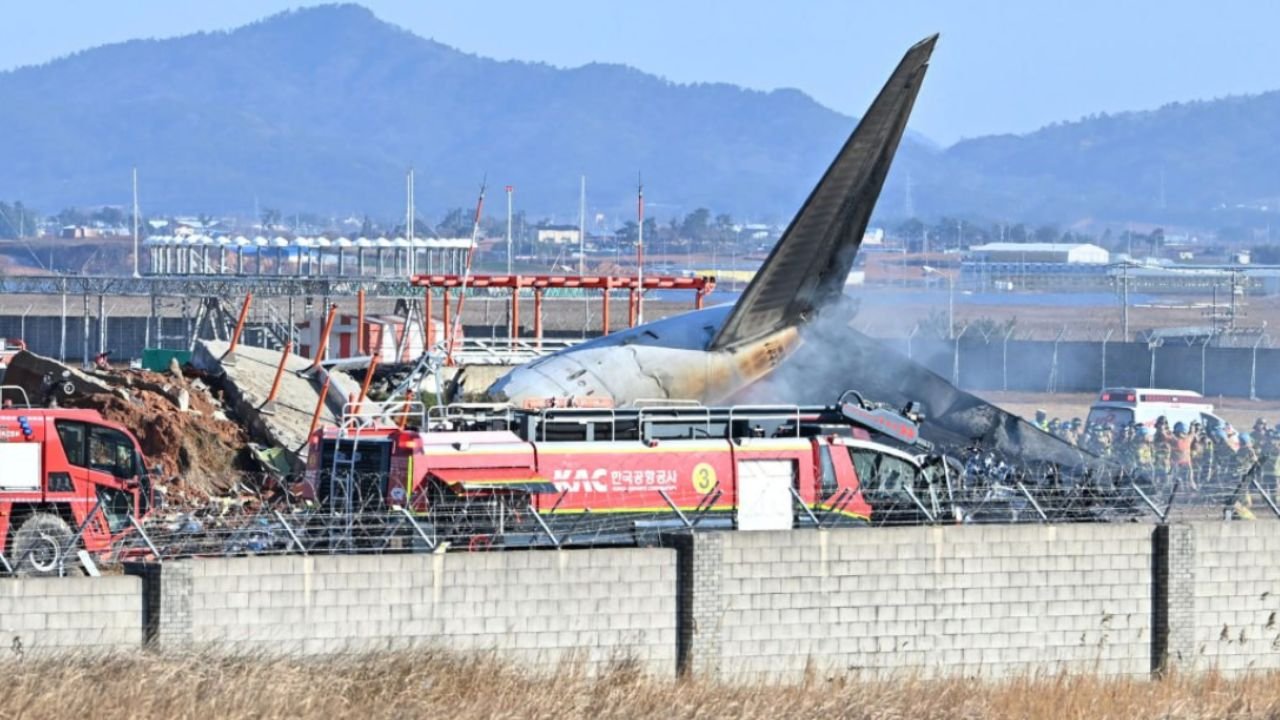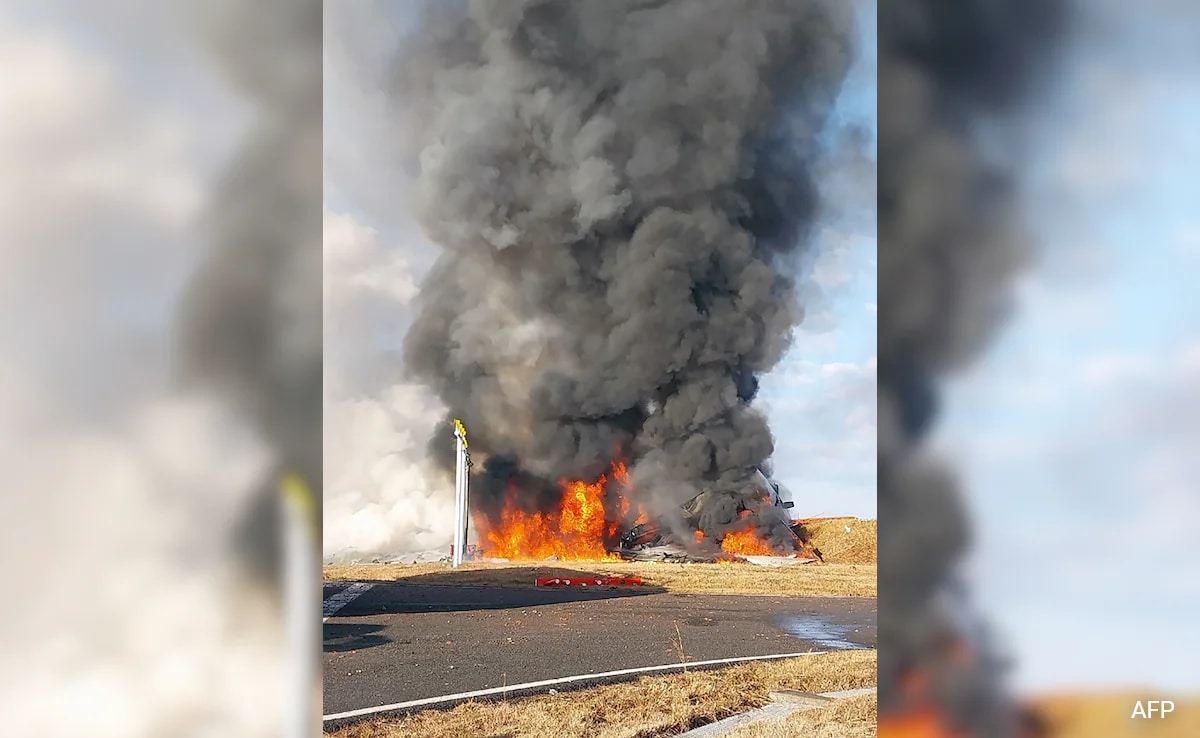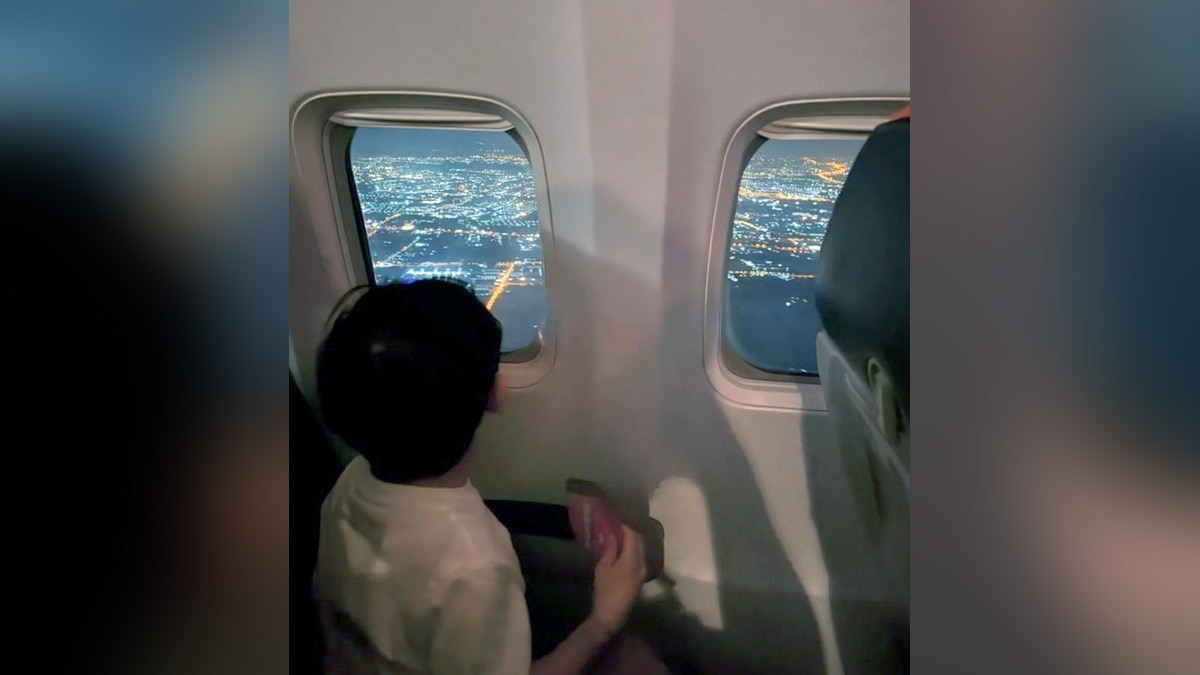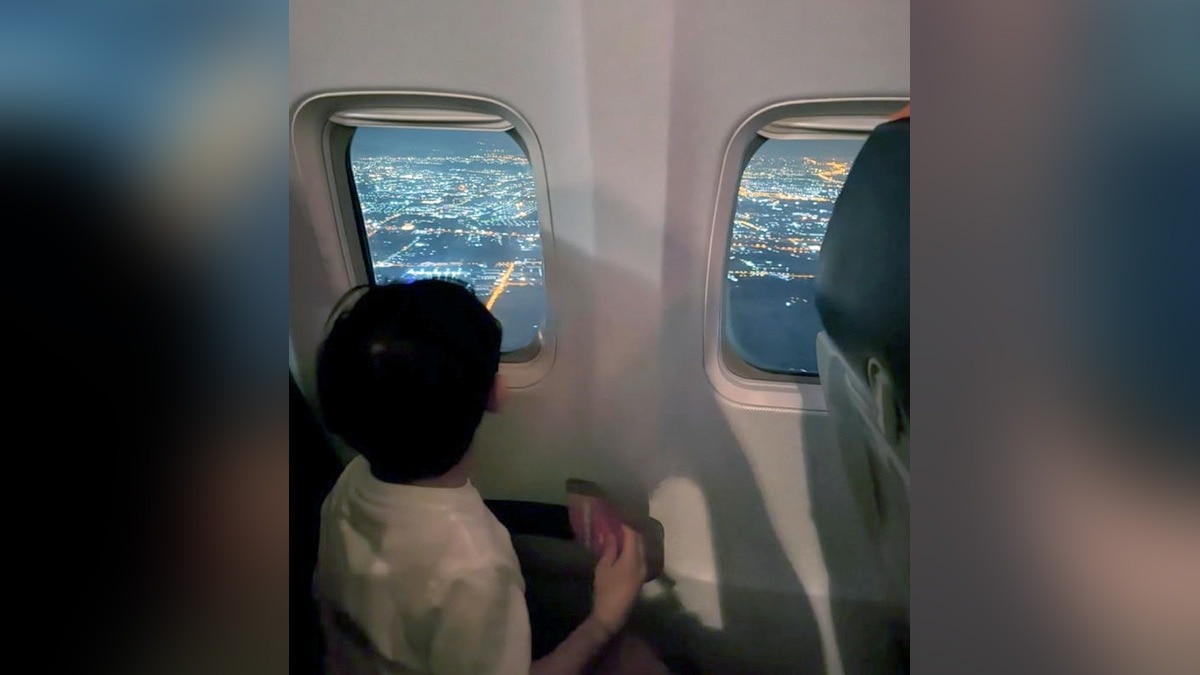Plane crash Korea: These words evoke a somber history, marked by tragic events that have profoundly impacted the nation. This exploration delves into the historical context of plane crashes in Korea, examining their causes, societal impact, and the subsequent safety improvements implemented. We’ll analyze the frequency of different causal factors, comparing Korea’s aviation safety record with international standards and exploring the long-term psychological effects on victims’ families.
Prepare for a detailed look at a critical aspect of Korean aviation history.
From the devastating impacts on families and the nation’s psyche to the legislative changes and technological advancements made in response, we will trace the evolution of aviation safety in Korea. We’ll compare Korean safety measures with global best practices and look toward the future of aviation safety in the country.
A History of Plane Crashes in Korea: Causes, Impacts, and Future Implications

Korea’s aviation history, like that of many nations, is interwoven with both advancements and tragedies. This article explores the significant plane crashes that have occurred in Korea, examining their causes, societal impacts, and the resulting safety improvements. We will also look at international comparisons and future challenges facing Korean aviation safety.
Historical Context of Plane Crashes in Korea, Plane crash korea

Several significant plane crashes have shaped Korea’s aviation safety regulations. The following table details some of these events, highlighting their impact on subsequent legislative changes.
| Date | Location | Aircraft Type | Casualties |
|---|---|---|---|
| October 26, 1971 | Seoul | Boeing 707 | 78 |
| December 29, 1983 | Near Gwangju | Airbus A300 | 46 |
| December 17, 1997 | Near Pohang | Boeing 737 | 101 |
| July 20, 2013 | Near Yeosu | Asiana Airlines Boeing 777 | 3 |
These events led to significant changes in Korean aviation safety regulations, including stricter pilot training standards, enhanced maintenance protocols, and improved emergency response systems. A timeline of key legislative changes would illustrate this progression. For example, post-1997, more rigorous flight data recorder analysis and stricter enforcement of maintenance schedules were implemented.
Causes of Plane Crashes in Korea

Plane crashes in Korea, like elsewhere, stem from a variety of factors. These can be broadly categorized as pilot error, mechanical failure, and adverse weather conditions. Analyzing the frequency of each factor across different decades reveals trends and areas for improvement.
- Pilot Error: Examples include incidents caused by inadequate pilot training, fatigue, or poor decision-making in challenging weather. The frequency of pilot error incidents has decreased significantly with improved training programs and stricter regulations.
- Mechanical Failure: This encompasses issues ranging from engine malfunction to structural problems. Regular maintenance and advancements in aircraft technology have contributed to a reduction in such incidents. Specific examples could include cases where faulty components or inadequate maintenance were identified as contributing factors.
- Weather Conditions: Adverse weather, such as severe storms or fog, remains a challenge. Improved weather forecasting and enhanced navigational aids have helped mitigate the impact of weather-related incidents. Cases involving unexpected severe weather conditions leading to accidents could serve as illustrative examples.
A comparison of Korean airlines’ safety records with international averages would show that, while progress has been made, continuous improvement is needed to meet or surpass global benchmarks.
Impact on Korean Society
Major plane crashes significantly impact public trust in aviation. Media coverage plays a crucial role in shaping public perception, often focusing on the human cost and raising questions about safety procedures. The long-term psychological effects on victims’ families are profound and long-lasting.
- Increased public scrutiny of airline safety practices.
- Heightened awareness of aviation risks.
- Demand for greater transparency from airlines and regulatory bodies.
- Long-term emotional trauma for bereaved families.
Support systems available to victims’ families include grief counseling, financial assistance, and legal aid. The effectiveness and comprehensiveness of these systems are crucial for the healing process.
Safety Measures and Improvements
Following significant crashes, Korea has implemented various safety measures. These include improvements in aircraft maintenance, pilot training, and the adoption of new technologies to enhance flight safety.
| Before Implementation | After Implementation |
|---|---|
| Higher rate of incidents related to pilot error and mechanical failures | Significant decrease in incidents due to improved training and maintenance protocols. |
| Limited use of advanced flight safety technologies | Wider adoption of technologies like TCAS (Traffic Collision Avoidance System) and ADS-B (Automatic Dependent Surveillance-Broadcast). |
Comparing crash rates before and after the implementation of these measures demonstrates their effectiveness in reducing aviation accidents.
Plane crashes in Korea, sadly, aren’t uncommon. When researching these incidents, it’s helpful to specify your search. For example, if you’re looking for information on a specific event, focusing on “south korean plane crash” will yield better results. Check out this resource for more details on a particular south korean plane crash: south korean plane crash.
Understanding the specifics of these events helps us learn from the past and improve aviation safety in Korea and globally.
International Comparisons
Comparing Korea’s aviation safety record with other countries requires examining various metrics, including accident rates per flight hour and passenger fatality rates. Best practices from other nations, such as rigorous safety audits and proactive risk management strategies, can inform future improvements in Korean aviation safety.
A bar graph comparing key safety metrics (accident rates per million flight hours, passenger fatality rates) for Korea, Japan, the United States, and the European Union would visually represent these comparisons. The graph would clearly show the relative performance of each country, highlighting areas where Korea excels and areas where improvement is needed.
Future Implications
Future challenges to aviation safety in Korea include increasing air traffic volume, the integration of new technologies like drones, and the potential impact of climate change on weather patterns. Technological advancements will play a crucial role in mitigating these challenges.
| Short-Term (0-5 years) | Mid-Term (5-15 years) | Long-Term (15+ years) |
|---|---|---|
| Improved weather forecasting systems | Enhanced air traffic management systems | Development of autonomous flight technologies |
| Further advancements in pilot training simulators | Wider adoption of predictive maintenance technologies | Integration of artificial intelligence for flight safety |
Predictions for future safety improvements include the widespread adoption of advanced air traffic control systems, the use of artificial intelligence for predictive maintenance, and the development of more resilient aircraft designs. These improvements are expected to lead to further reductions in accident rates and enhance overall aviation safety.
Conclusion: Plane Crash Korea

Ultimately, understanding the history of plane crashes in Korea offers crucial insights into the continuous evolution of aviation safety. The journey from devastating tragedies to proactive safety measures underscores the importance of rigorous investigation, technological innovation, and international collaboration in preventing future accidents. The ongoing commitment to improving safety reflects a determination to learn from the past and safeguard lives in the future of Korean air travel.
The hope is that this overview provides a better understanding of the complex interplay of factors influencing aviation safety and the resilience of the Korean people in the face of adversity.
Plane crashes in Korea are thankfully rare events, but their impact is always significant. One particularly tragic incident that stands out, shedding light on the complexities of air travel safety, is the jeju plane crash. Understanding the causes and consequences of this specific event helps us learn valuable lessons applicable to preventing future aviation accidents in Korea and beyond.
Answers to Common Questions
What is the deadliest plane crash in Korean history?
While specific details require further research referencing historical records, the answer to this question would depend on the number of casualties. A thorough investigation of historical data is needed to pinpoint the single deadliest event.
How does Korean aviation safety compare to other developed nations?
This requires a detailed statistical comparison across various metrics like accident rates per flight hour, and would need to be researched using official aviation safety data from various international organizations.
Okay, so you’re looking into the devastating plane crash in Korea? That’s heavy stuff. It’s interesting to think about the unpredictable nature of life and death, kind of like how the games in player 001 squid game season 2 are set up. The sheer randomness of it all – one minute you’re fine, the next… well, you get the picture.
Back to the plane crash, though, the investigation is likely to focus on determining the exact cause of the accident.
What role does pilot training play in preventing plane crashes?
Pilot training is crucial. Rigorous training programs, including simulator exercises and recurrent training, are essential to address potential pilot errors, a significant factor in many accidents.
What technological advancements have improved aviation safety in Korea?
Advancements such as improved weather forecasting systems, collision avoidance technologies, and enhanced aircraft maintenance protocols have all contributed to improving safety. Specific examples would require further research into Korean aviation safety initiatives.
